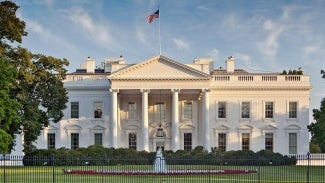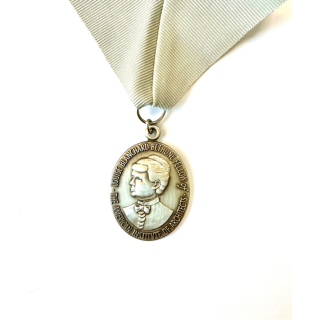AIA Advocates for Preservation and Transparency in Proposed $200 Million White House Expansion
AIA has issued a formal recommendation to the Committee for the Preservation of the White House regarding the proposed $200 million East Ballroom addition to the iconic structure.

WASHINGTON – August 5, 2025 – The American Institute of Architects (AIA) has issued a formal recommendation to the Committee for the Preservation of the White House regarding the proposed $200 million East Ballroom addition to the iconic structure. Drawing upon its century-long commitment to protecting the architectural integrity of the White House, AIA underscored the need for a transparent, preservation-focused approach to the ambitious project.
“For over 100 years, AIA has embraced our role as a perpetual guardian of the White House’s architectural integrity,” the letter states, referencing a directive established by President Theodore Roosevelt himself. “This responsibility guides our recommendations to ensure that any modification to this national treasure honors its historical and symbolic significance.”
A Call for Rigorous Oversight of the East Ballroom Project
AIA noted that while the project has secured private funding, the White House belongs to the American people and demands the highest standards of stewardship. In line with the Framework for Design Excellence, the Institute recommends a process that ties each major decision to preservation, performance, safety, and access—safeguarding historic character while improving resilience and usability. The organization outlined five key recommendations to guide the project’s execution:
1. Qualifications-Based Selection (QBS): Given the magnitude of the project and the symbolism the White House carries for all Americans, AIA recommends a Qualifications-Based Selection (QBS) process to identify the most qualified architect or design team for this project.
2. Historic-Preservation Review: AIA urged alignment with preservation standards, including the Secretary of the Interior’s guidelines, to protect the neoclassical design and historic sightlines of the White House.
3. Transparency and Public Accountability: To foster trust, AIA emphasized the importance of clarity in funding, procurement, and design processes, allowing the public to participate meaningfully in discussions about the addition.
4. Proportionality of Design: The proposed 90,000-square-foot addition must harmonize with the White House’s scale and architecture, ensuring the final design complements its historic character.
5. Collaboration and Expertise: AIA pledged collaboration with the Committee, offering insights into energy-efficient design and resilience strategies.
AIA’s recommendations are grounded in its Framework for Design Excellence, which links design decisions to measurable outcomes for preservation, building performance, occupant health and safety, and long-term stewardship. AIA reiterated its readiness to assist the Committee with expertise and support to maintain the White House’s position as both a functional institution and a museum for the American people. “This is more than an addition to a building,” AIA wrote. “It is a transformation to an irreplaceable symbol of our democracy—guided by a process that is preservation-first, performance-driven, and accountable to the public.”
View AIA’s recommendation to the Committee for the Preservation of the White House.
Complete our form to submit a press inquiry or speaking request.
Follow AIA on LinkedIn



